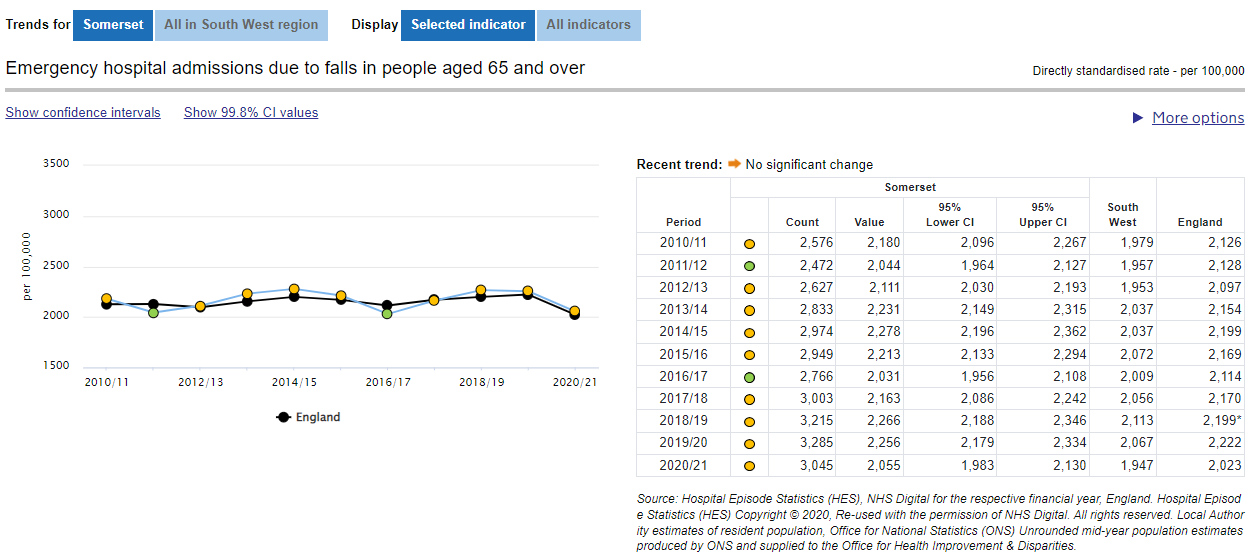Age and Health
Increasing age does not, in itself, necessarily lead to poorer health, but for most people the ageing process can involve the accumulation of long term conditions. Conditions like diabetes, hypertension, dementia, and cancer can be very challenging on their own. When someone has multiple long-term conditions, the way these illnesses interact can create complex needs that significantly impact their well-being. Ageing well can also include appropriate care in the final few months of life, referred to as end of life care.
Although such long term conditions can rarely be cured, the risk of their onset can be delayed, or even prevented, by maintaining a healthy lifestyle. Staying active, drinking alcohol in moderation, eating plenty of fruits and vegetables, avoiding tobacco, and keeping up with social activities can all help lessen the impact of many illnesses. Enhanced multi-agency links to promote dementia risk awareness can be made by NHS Health Checks and voluntary sector campaigns.
The 2017 annual JSNA report was on ageing well, including a qualitative report of people’s experience.
Falls
Falls are the largest cause of emergency hospital admissions for older people. They can have a huge impact on long-term health, often leading to people moving from their own homes to long-term nursing or residential care.
The highest risk of falls is in those aged 65 and above and it has been estimated that about 30% people (2.5 million) aged 65 and above living at home and about 50% of people aged 80 and above living at home or in residential care will experience a fall at least once a year. Falls that result in injury can be very serious – approximately one in 20 older people living in the community experience a fracture or need hospitalisation after a fall. Falls and fractures in those aged 65 and over were found to account for over 4 million bed days per year in England in 2017.
There is value in prioritising primary prevention of falls to reduce the incidence and impact of falls in the over 65s with a focus on building network capacity and expertise across agencies.
Key indicator: emergency hospital admissions due to falls in people aged 65 and over
Data from before 2021/22 show trends, but cannot be compared directly to 2021/22 figures
Dementia
Dementia is a syndrome (a group of related symptoms) associated with an ongoing decline of brain functioning. There are many different causes of dementia, and many different types. Alzheimer’s disease is a type of dementia and, together with vascular dementia, makes up the majority of cases. Dementia can be particularly harmful as a complication when people have it alongside other long term conditions such as circulatory disease or cancer, as memory loss makes it harder to comply with treatment prescribed. There can be uncertainty around the detection of dementia, and rates are affected by the effectiveness of diagnosis as well as actual rates.
Key indicator: Directly Standardised Rate of Mortality People with Dementia (aged 65yrs and over)
Key indicator: Estimated Dementia Diagnosis Rate (aged 65 and over)
Reablement
Avoiding readmission to hospital is of benefit to patients – who benefit from being independent – as well as to hospitals by reducing pressure on beds. Effective ‘reablement’ of discharged patients relies on coordinated support from acute and social care.
Key indicator: Percentage of People Aged 65 and Over who were Still at Home 91 Days After Discharge from Hospital into Reablement Services
Next: Health Protection

